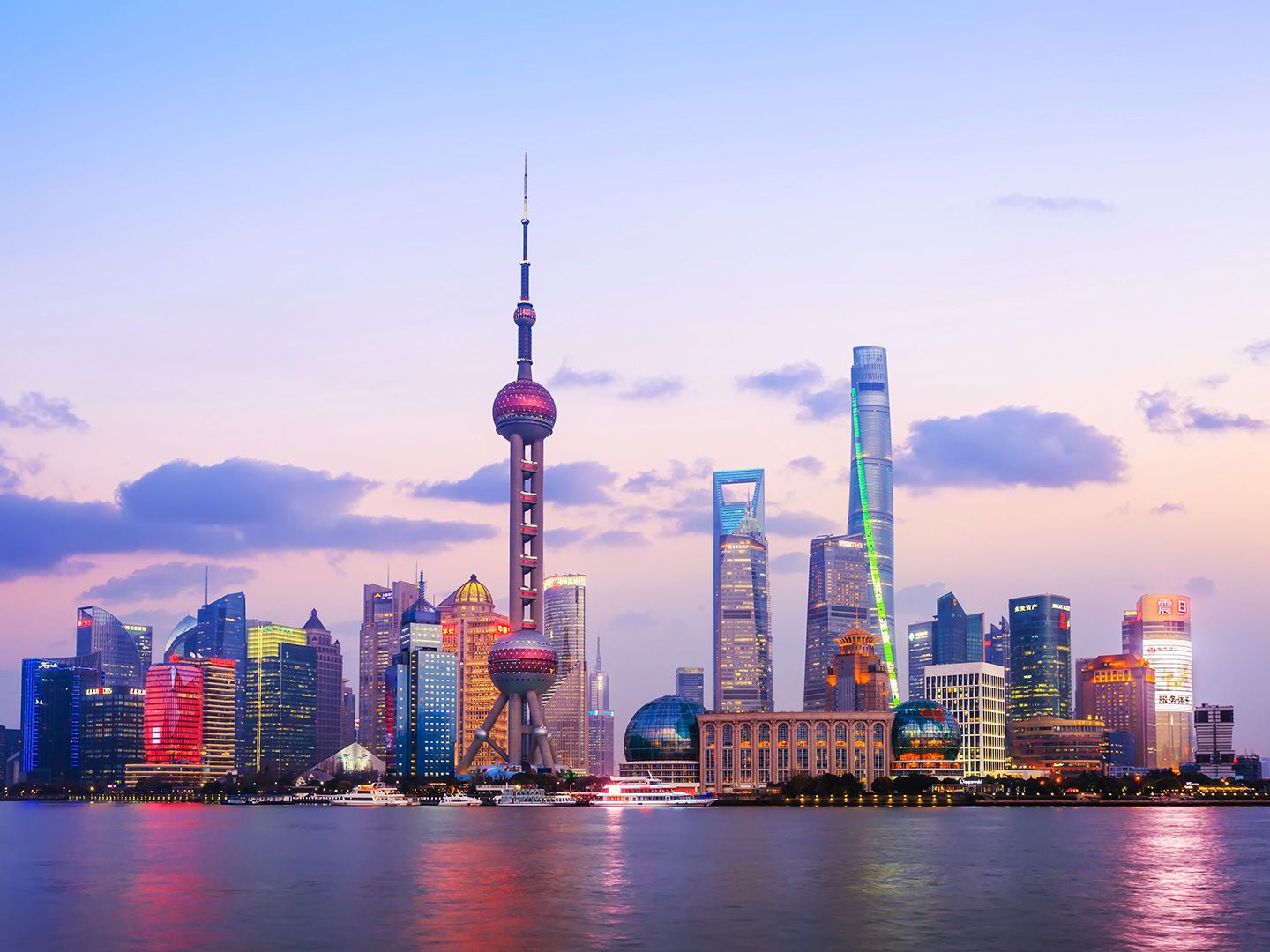Tesla's Vision for the Future
Tesla, under the leadership of Elon Musk, is betting on self-driving taxis, known as robotaxis, to drive its future growth. As sales of their electric cars decline, Musk insists that the company’s future lies in the realm of artificial intelligence rather than traditional car manufacturing.
The Promised Potential
Musk claims that Tesla is on the verge of perfecting its robotaxi technology and expects regulatory approval soon. He believes that this service could elevate Tesla's market valuation from approximately $740 billion to trillions. Furthermore, he envisions a model where Tesla car owners can earn money by allowing their vehicles to operate as robotaxis while they are not in use.
Challenges Ahead
However, there are significant hurdles. Major advancements in technology and a shift in public perception of cars are necessary for this vision to materialize. The experiences of existing driverless services like Waymo and Cruise in various cities raise doubts about profitability and market viability. Tesla will also face fierce competition from companies like Waymo, Uber, Lyft, and Zoox, as well as traditional automakers like General Motors and tech firms in China such as Baidu and BYD.
Conclusion
While Musk's aspirations are ambitious, the road to successful implementation of robotaxis is fraught with uncertainty. Will Tesla’s vision become a reality, or will it remain a dream? Only time will tell.







Comments
Join Our Community
Sign up to share your thoughts, engage with others, and become part of our growing community.
No comments yet
Be the first to share your thoughts and start the conversation!